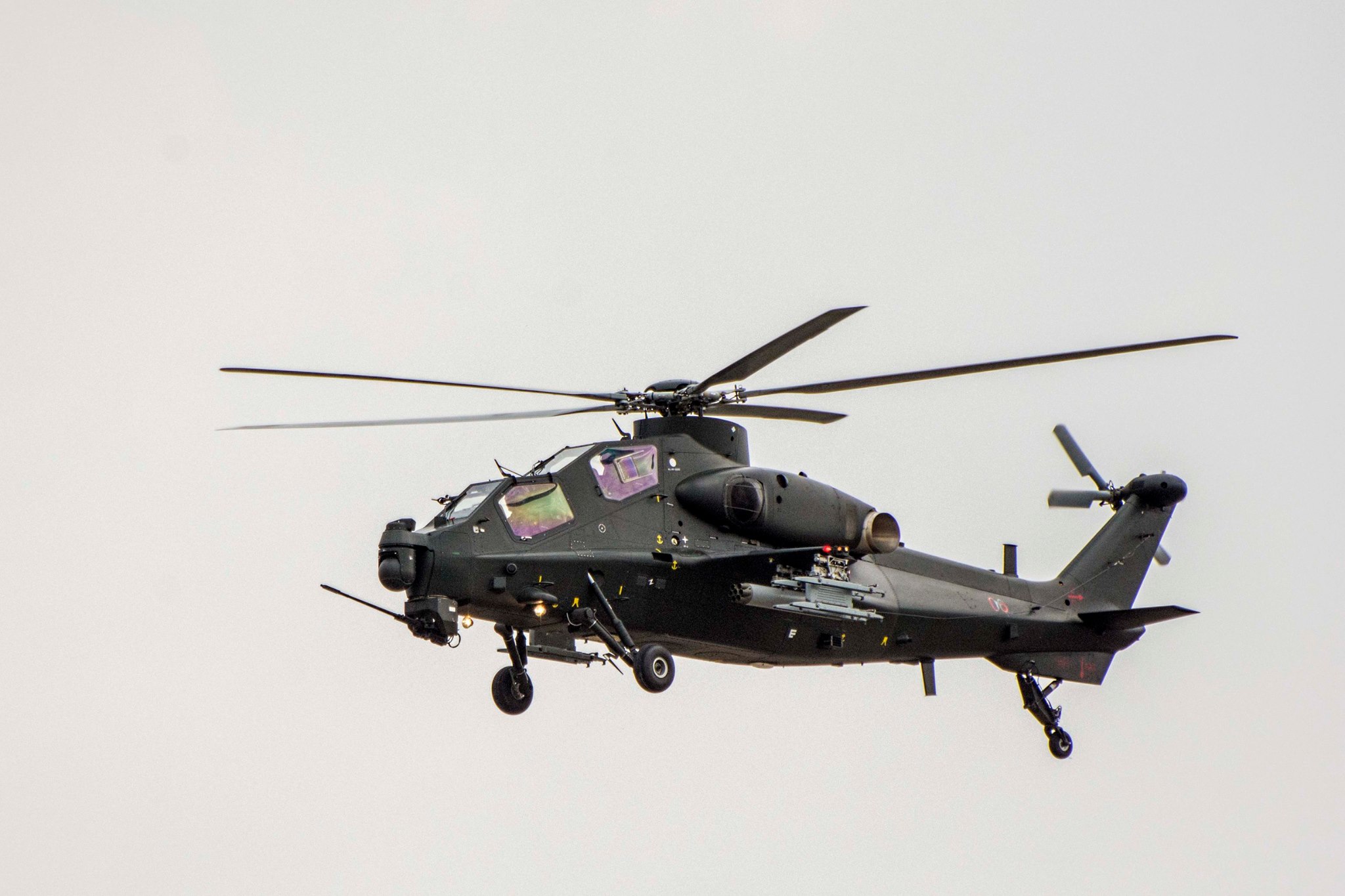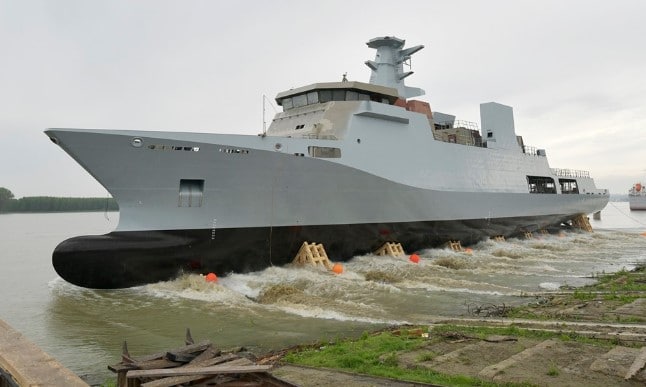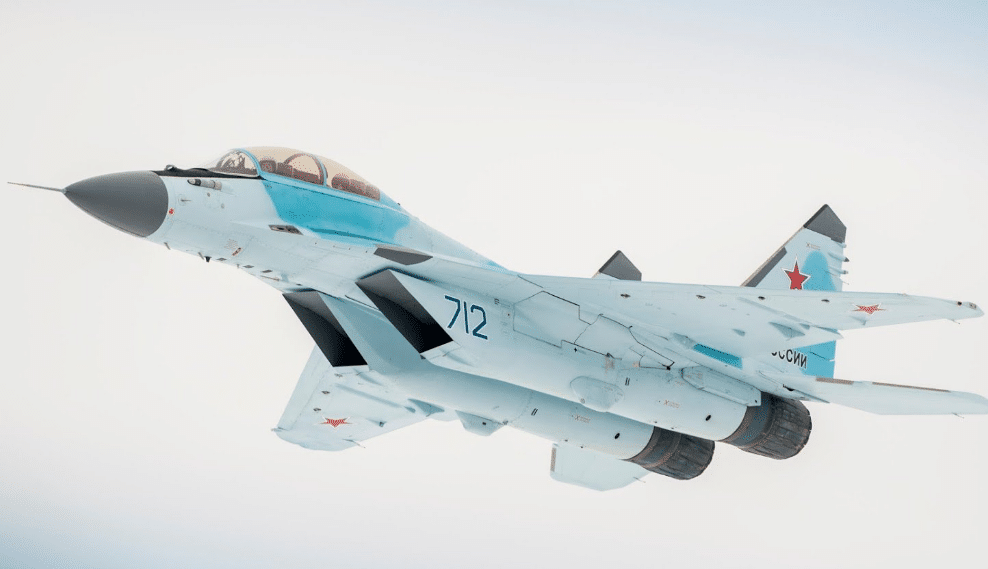46Views 64Comments

Pakistan should select the CAIC Z-10 attack helicopter
23 March 2016
By Bilal Khan
The appearance of the Changhe Aircraft Industries Corporation (CAIC) Z-10 Thunderbolt attack helicopter at the 2016 Pakistan Day Parade was interesting. It was the first instance where the Pakistan Army had brought the Z-10 to the public’s attention. As far as the average Pakistani is now concerned, the Z-10 is as much a part of the armed forces as the JF-17 Thunder and Karakoram Eagle airborne early warning and control (AEW&C) aircraft. Despite that however, the Army has yet to officially commit to the platform.
At present, it is not entirely clear how the Z-10 is being used by the Pakistan Army. Initially, it was believed that the helicopters would be evaluated (on and off the battlefield); during the parade, the Army claimed that the Z-10 was a key driver of its counterinsurgency (COIN) efforts. In fact, the Z-10 is a member of the Army’s Air Combat Group, specifically with the ‘Mustangs’ squadron. Integration with an active squadron and attendance at a major national event does not suggest a short-term service run. Yet despite this, it does not seem like the Army is going acquire additional Z-10s, at least in the short-term.
A number of purported reasons have been expressed as to why the Army has not sought to move forward with the acquisition of additional Z-10s. The most common one heard is in relation to the powerplant. At present, the Z-10 is powered by two WZ-9 turboshaft engines, each of which offers 1000 kW in output.
Turboshaft engines in the WZ-9’s range typically power attack helicopters in the realm of 3000 kg, such as the Eurocopter Tiger. Helicopters in the Z-10’s weight class, such as the AH-1Z Viper (5500 kg), typically use turboshaft engines with outputs in excess of 1300 kW. Given the Z-10’s empty weight of 5000 kg, the WZ-9 is an underpowered solution. This prevents Z-10 from achieving its maximum payload potential. For example, the Z-10 ought to be able to carry up to 16 guided air-to-ground missiles (such as the HJ-10), but it is limited to eight. The relatively low power-to-weight ratio may also be the cause to performance issues on the field as well, especially in active combat, which is what the Z-10 has apparently seen in Pakistan.
Fortunately, CAIC does have a new turboshaft engine in the pipeline – the WZ-16. The WZ-16 is being developed by Aviation Industry Corporation of China (AVIC), CAIC’s parent company, and Safran, an industry leading French aircraft propulsion developer and manufacturer. The WZ-16 is to have a take-off output power of at least 1240 kW, and continuous operation output of over 1100 kW. Although the WZ-16 is being developed for the Z-15 utility helicopter being developed by AVIC in partnership with Eurocopter, it is widely believed that the WZ-16 will make its way to the Z-10.
With the WZ-16 in mind, the Z-10 has considerable potential that will be of value to the Pakistan Army. The base parameters of a WZ-16-powered Z-10 would offer the Army an attack helicopter with the same payload capacity of the promising AH-1Z. But unlike the AH-1Z, the Army would have considerably more flexibility in equipping the Z-10 with the weapons, sensors and on-board electronics suites of its choice. In fact, a few of the subsystems found on the AH-1Z, such as the Thales TopOwl helmet-mounted display and sight (HMD/S), could potentially even be looked at for use on the Z-10. The point here is that the Army has the flexibility to customize the Z-10 to achieve its operational requirements in an optimal manner.
Given the potential capabilities on offer and the almost certain prospect of lower costs, the Z-10 (especially powered by the WZ-16) is a more than appropriate option for the Army. If Pakistan has a shot at building a quantitatively sizable attack helicopter fleet, that shot would rest with the Z-10. Such a fleet would equip the Pakistan Army with a potent and far-reaching close air support (CAS) force, one that could be freely used and flexibly equipped for different operational needs.
Pursuing the Z-10 could also open the doors to valuable support assets, such as maintenance, repair and overhaul (MRO) and spare-parts manufacturing facilities. No Western option (such as the AH-1Z or T-129 ATAK) could offer that opportunity, not without prohibitive costs and/or political and regulatory hurdles.


